Finding Optimal Credit Spreads with OptionsPlay
What are Credit Spreads?
Credit Spreads are one of the most popular options strategies used by investors to gain exposure to an underlying stock. The strategy involves selling an at-the-money call/put and buying an out-of-the-money call/put with the same expiration date. By doing this, the investor generates a net premium received and can either let the spread expire worthless or buy to close the trade.
Credit Spreads are popular because they can profit even in neutral conditions where the underlying stock does not move. As the goal is to let the spread expire worthless or buy the spread to close at a lower price than it was sold to open, the time decay options are exposed to actually work in favor of the investor, and even if the stock does not move, the time decay will erode the options value which generates a profit when the spread is closed.
This is why credit spreads are known to be more forgiving by having a much lower breakeven price and a higher win rate when compared to buying a call/put or a debit spread.
Selling an option is the main component of the credit spread. Still, it comes with significant risk as the underlying stock can experience a sizeable adverse move leaving the investor with substantial losses. This is why an out-of-the-money option is bought.
By buying the out-of-the-money option, the risk is limited, at the expense of the cost of that option. If the trade moves against the investor, the Credit Spread strategy ensures that the trade will not lose money after the stock surpasses the short strike.
The maximum loss of a credit spread is represented by the vertical width minus the premium received for opening the trade. For example, if stock $XYZ is trading at $100, and a bullish investor opens a Credit Spread by selling the $100 put and buying the $90 call for a net premium of $4 received, the maximum loss is $6 ($10 – $4). If $XYZ moves below the $90 strike, the investor will not lose more than $6 for this trade.
The breakeven price $XYZ must stay above by expiration is $96 (ATM strike – premium received). Therefore, the investor will make a profit as long as $XYZ is above the breakeven at expiration. However, this profit is capped to the premium received by initially selling the Credit Spread.
Credit Spread Best Practices
The key to finding the optimal credit spread is to find the right strike prices for your risk profile. Strike prices that are “near the money” allow for a better risk/reward ratio but have a lower probability of profit. Strike prices far out of the money have a high chance of profit at the expense of a worse risk/reward ratio.
It may be tempting to use strike prices that are “far out of the money” with a 90% probability of profit; however, our research shows that further out of the money strike prices do not generate enough income to account for when there is a significant loss. Additionally, liquidity for further out-of-the-money options is limited, which makes it difficult to exit the trade.
In order to find the ideal strike prices for credit spreads, the stocks in the S&P 500 were analyzed over 10 years. The outcome of this research showed that the most consistent strategy that yielded the best results over the long term met the following requirements:
- The options should have expirations between 4-6 weeks.
- A higher IV Rank is recommended as the options will be more expensive relative to themselves. This means more premium received when opening the spread
- Sell 50 Delta call/put
- Buy 25 Delta call/put
Using the above guidelines, the income received per trade is usually around 1/3 of the distance between the 2 strike prices. This equates to risking $200 for every $100 received and has a 60% to 70% probability of profit. Because credit spreads are a short Theta strategy, shorter expirations are used to maximize the use of time decay as weekly options are affected by Theta more than longer-dated options.
Trade Management
When it comes to trade management, OptionsPlay’s generic best practices are
- Take profits @ 50% of MAX GAIN
- Cut losses @ 100% of MAX GAIN
- Buy to close the credit spread at 21 days to expiration – this is to avoid Gamma risk where a small adverse move in the underlying asset’s price will result in a more significant impact on the option’s price.
For example: Sell a $10 wide credit spread for $4 Credit (Max Profit)
- Take Profit – $2.00 Debit ($2 profit)
- Stop Loss – $8.00 Debit ($4 loss)
Risk management is key to generating consistent longer-term profits and ensuring that the trading account does not get blown up due to a few bad trades. OptionsPlay’s Portfolio Risk Settings allows users to mitigate risk and only ever trade the number of contracts suited based on their personalized risk settings.
Using OptionsPlay to Find the Optimal Credit Spread
OptionsPlay’s Credit Spread Opportunity Report helps investors find optimal credit spread trade setups based on the above best practices and backtesting results. Finding optimal credit spreads gives investors an edge on their trades, leading to long-term profitability.
The report ensures that only liquid symbols are considered and highlights essential information such as the IV Rank, earnings date, and premium/width ratio. Updated every hour, this report scans for opportunities that yield a minimum premium of one-third to that of the width of the vertical, giving investors a high probability of profit and increased income.
Users can directly open the trade from the report to the OptionsPlay platform for further analysis and comparison.
To learn more about OptionsPlay’s Credit Spread Opportunity Report, watch this walkthrough.
In addition, the new OptionsPlay platform allows users to view optimal credit spreads for the selected security by default. This is done by selecting “High Implied Volatility” in the trade panel. The trade panel will auto-populate both a put and call Credit Spread by our best practices.
From there, users can analyze, compare, and edit the strategies using the strategy constructor (click “Modify”) and the P&L Simulator.
To learn more about Credit Spreads, watch the webinar below:







Share this on